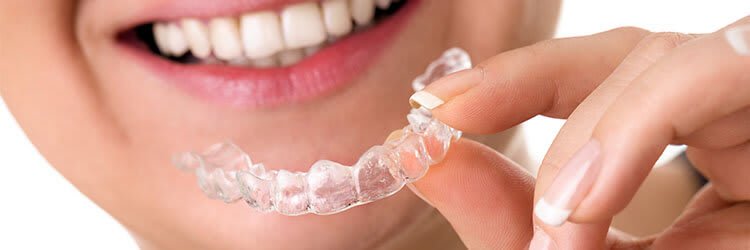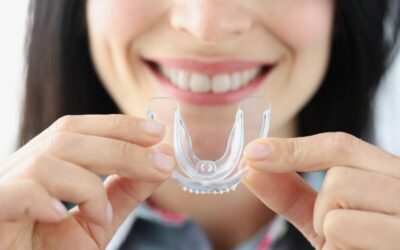Types of Sports Mouthguards to Protect Teeth
Types of Sports Mouthguards to Protect Teeth
WHAT DO MOUTHGUARDS DO?
Mouthguards, also called sports guards or mouth/teeth protectors, refer to any devices worn over the teeth to protect them from injury if the athlete is hit in the face or head.
Have an older child or teenager who plays a contact sport, such as football, hockey or rugby? Be sure that he or she wears a mouthguard for games and practices. Although a regular routine of professional cleaning from a dentist or dental hygienist and twice-daily tooth brushing and daily flossing will help keep your teen’s smile bright, it’s very important to wear a mouth guard to protect that smile.
MOUTHGUARDS FOR SPORTS
Mouthguards are made from a sturdy but resilient plastic material and fall into three categories:
- Customized. You can have a mouthguard custom-made by your dental professional. These are the most comfortable, but also the most expensive.
- “Boil and bite.” This type of mouthguard is semi-customized. You purchase a preformed plastic shape and customize the fit by boiling the guard in water for a few minutes and then biting into the warm plastic.
- Standard. A standard mouthguard is pre-formed and can’t be altered to fit a specific mouth. It provides protection but can interfere with breathing or talking due to the inexact fit.
DO MOUTHGUARDS WORK?
It doesn’t matter what type of mouthguard your active teen chooses as long as he or she wears it. Findings from impact studies have shown that wearing mouthguards made from any of several types of materials offer significant protection to the teeth compared with wearing no mouthguard. In one study, the risk of an orofacial injury was 1.6 to 1.9 times higher for athletes who were not wearing mouthguards.
Services We Mentioned
More Dental Articles
Red, Red Wine: Is It Beneficial For Oral Health?
Is red, red wine beneficial for our oral health? Or does it just feel good at the time & if you overdo it you feel like cr*p the next morning…
Detecting Oral Cancer Is Given The Brush
In 2020, Oral Cancer accounted for almost 380,000 cases, and 180,000 deaths globally. It’s on the increase with diagnosis incidents…
Could The Surge In Pneumonia In Children Be Related To Their Teeth Brushing?
Kids and teenagers are not self-maintaining, and nor is their oral health. Teeth brushing: spend time with it frequently…
What Is Dental Sleep Medicine? It’s Not Sleep Dentistry
Dental Sleep Medicine is the intersection of dentistry with issues affecting sleep. Snoring, sleep apnoea, & related breathing disorders…















